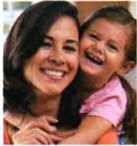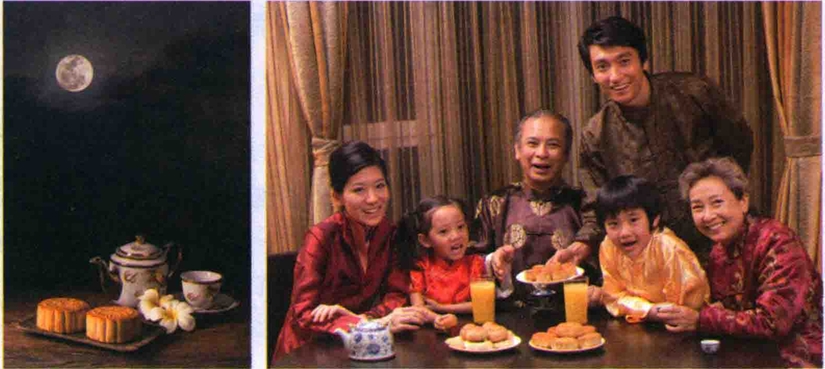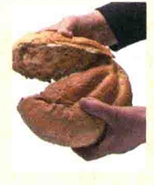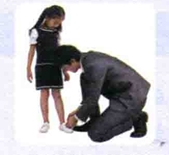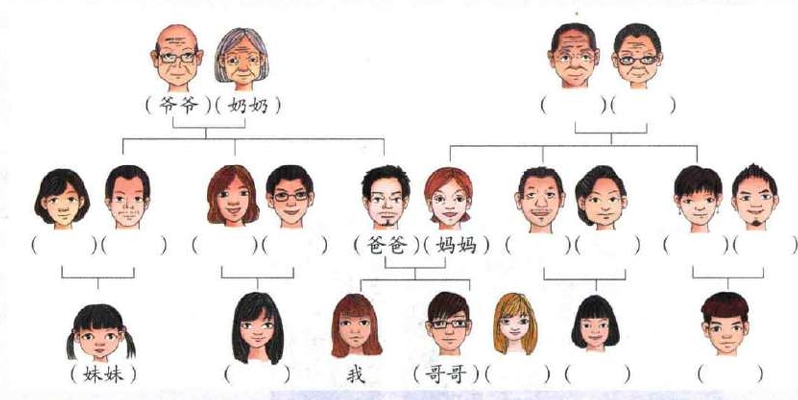排序
HSK 6 Lesson 3 A box of moon cakes B
The e-book, including text, picture, audio and video explanation for HSK 6 Lesson 3 A box of moon cakes A 一盒月饼
HSK 6 Lesson 3 A box of moon cakes A
The e-book, including text, picture, audio and video explanation for HSK 6 Lesson 3 A box of moon cakes A 一盒月饼
HSK 6 Lesson 2 Love of parents B
The e-book, including text, picture, audio and video explanation for HSK 6 Lesson 2 Love of parents A 父母之爱
HSK 6 Lesson 2 Love of parents A
The e-book, including text, picture, audio and video explanation for HSK 6 Lesson 2 Love of parents A 父母之爱
HSK 5 Lesson 2 Leaving a bunch of keys to our parents B
The e-book, including text, picture, audio and video explanation for HSK 5 Lesson 2 Leaving a bunch of keys to our parents B 留串钥匙给父母
HSK 5 Lesson 2 Leaving a bunch of keys to our parents A
The e-book, including text, picture, audio and video explanation for HSK 5 Lesson 2 Leaving a bunch of keys to our parents A 留串钥匙给父母
HSK 4 Unit4 Don’t be anxious to make money A
The e-book, including text, picture, audio and video explanation for HSK 4 Unit4 Don't be anxious to make money A 不要着急赚钱
HSK 4 Unit 2 A true friend B
The e-book, including text, picture, audio and video explanation for HSK 4 Unit 2 A true friend B 真正的朋友
HSK 4 Unit 3 I‘ve made a good impression on the manager B
The e-book, including text, picture, audio and video explanation for HSK 4 Unit 3 I‘ve made a good impression on the manager B 经理对我印象不错
HSK 4 Unit 2 A true friend A
The e-book, including text, picture, audio and video explanation for HSK 4 Unit 2 A true friend A 真正的朋友

